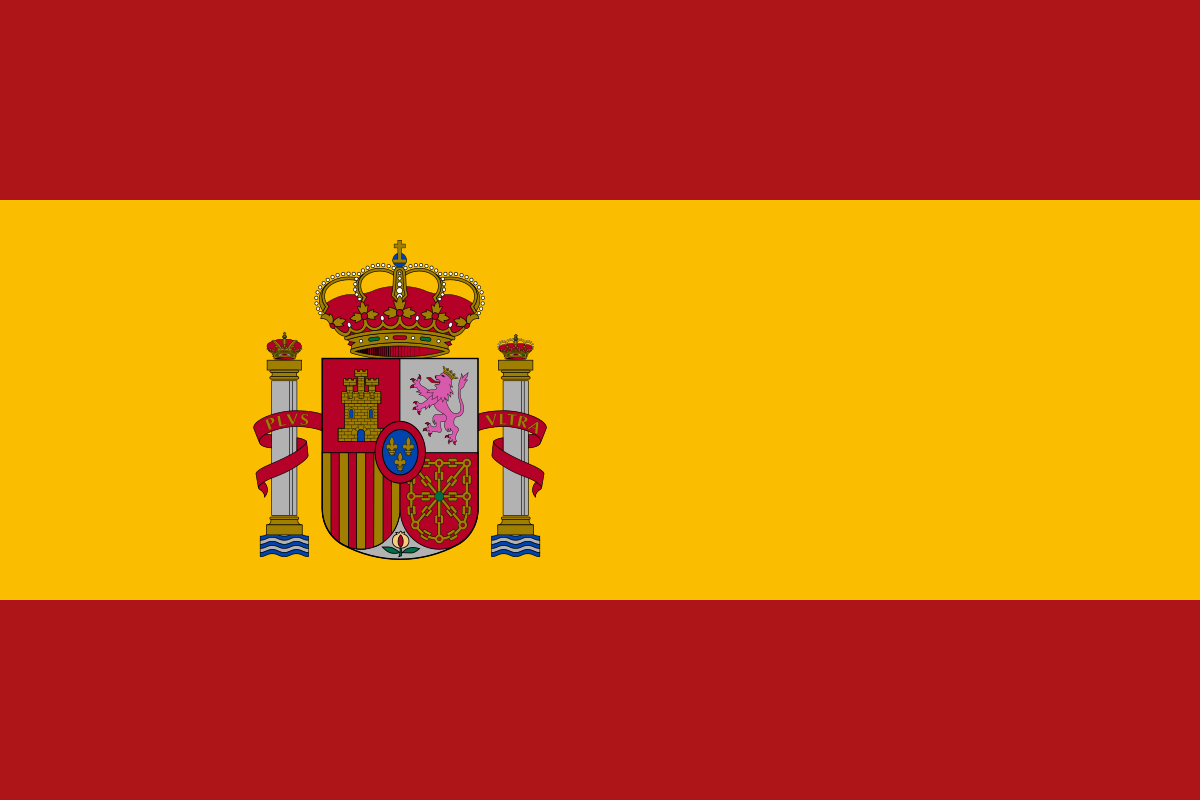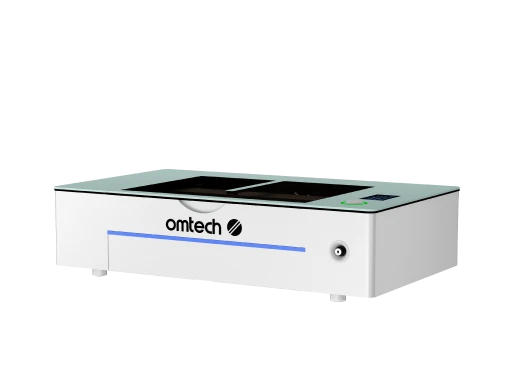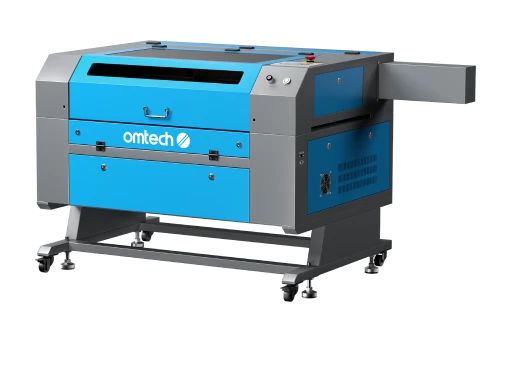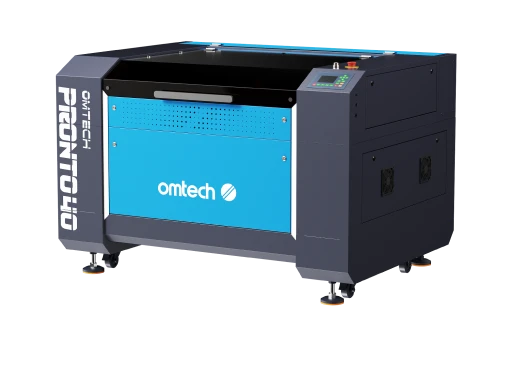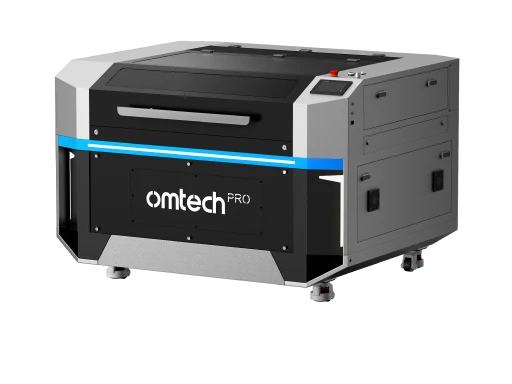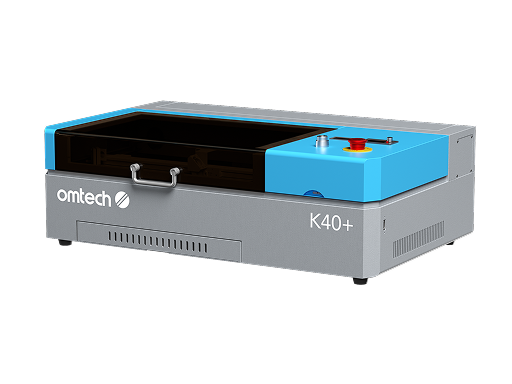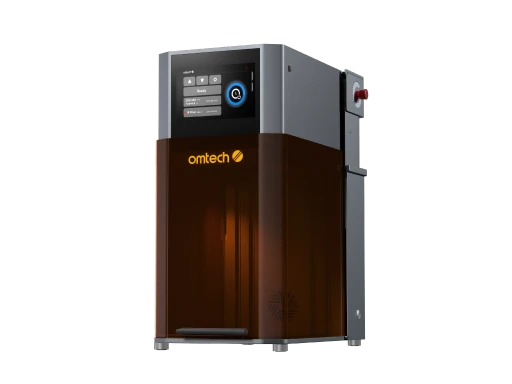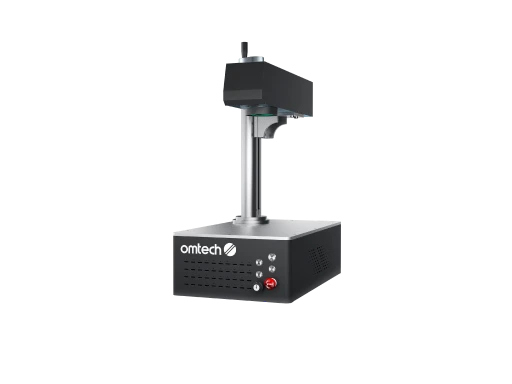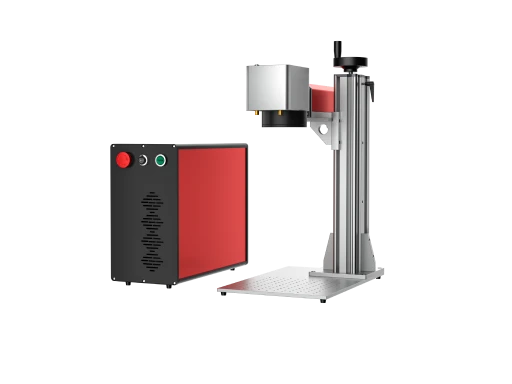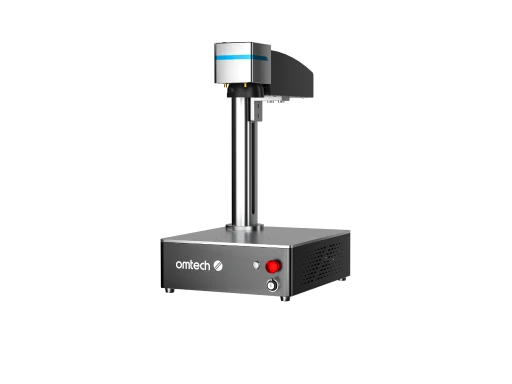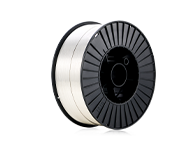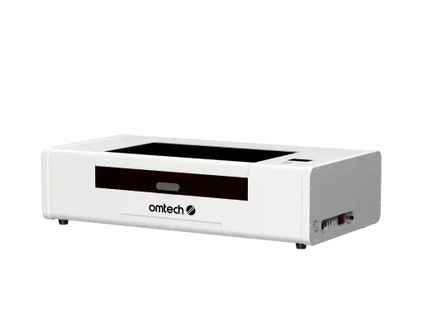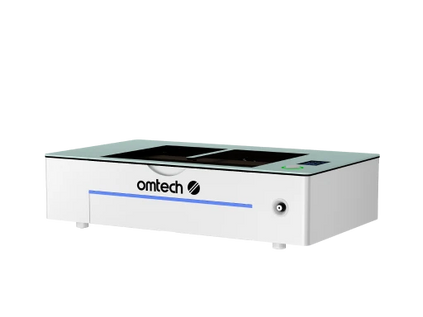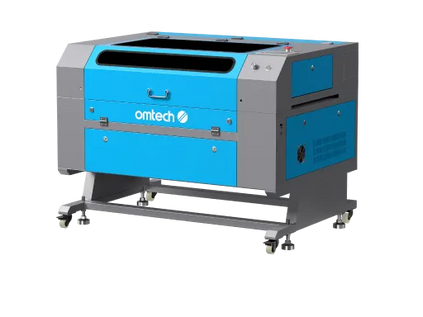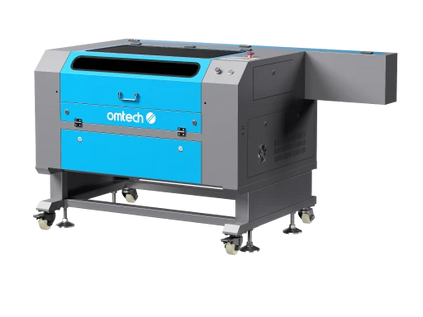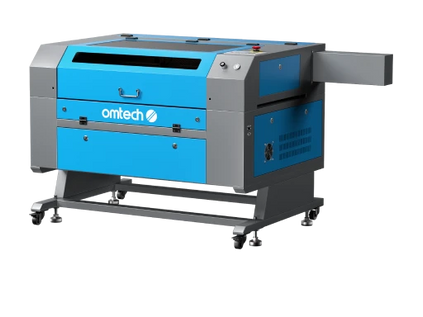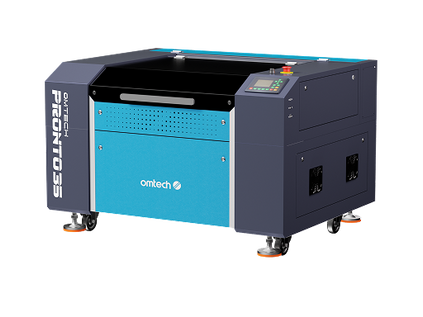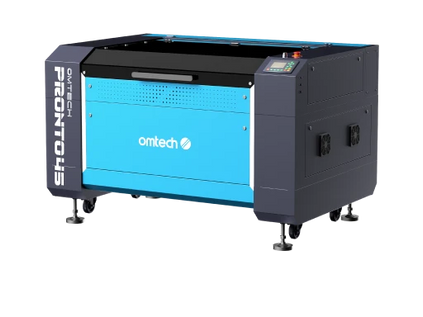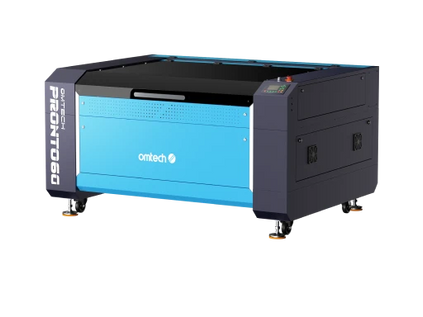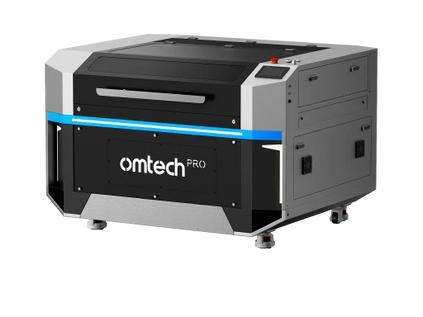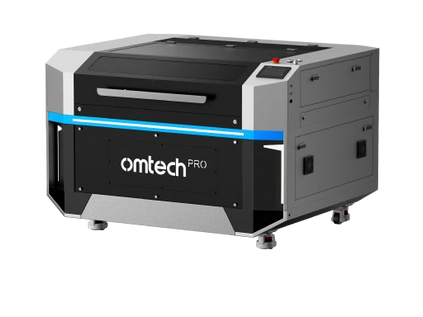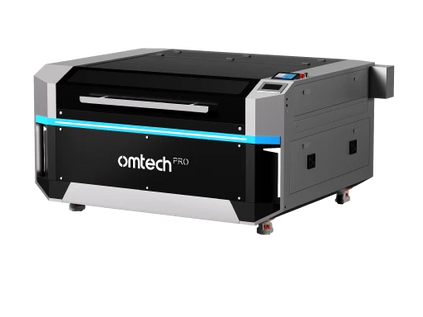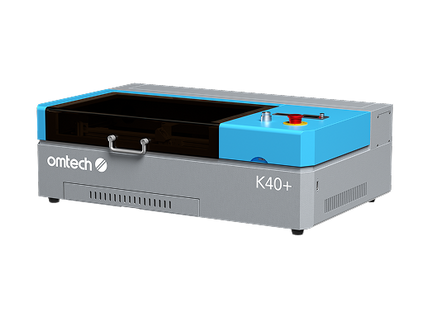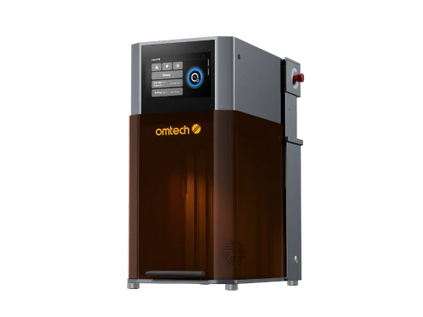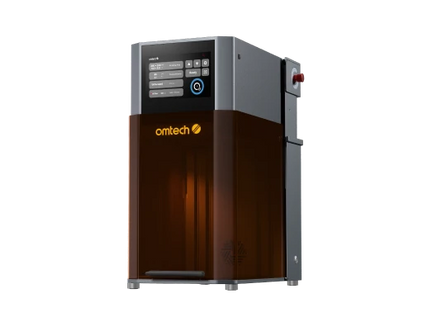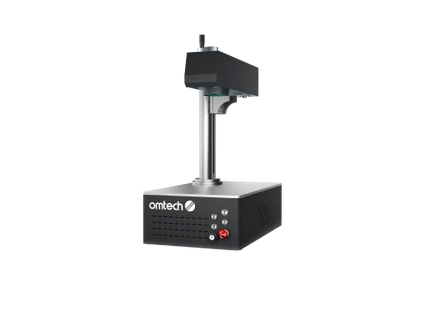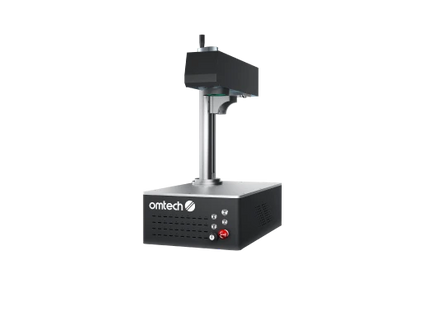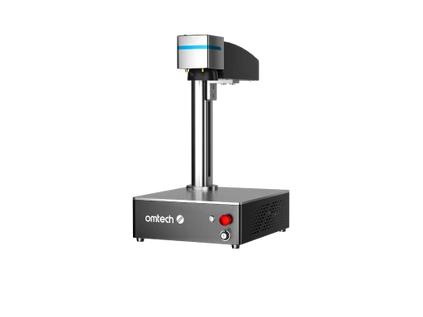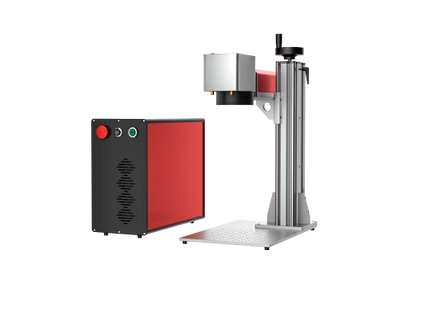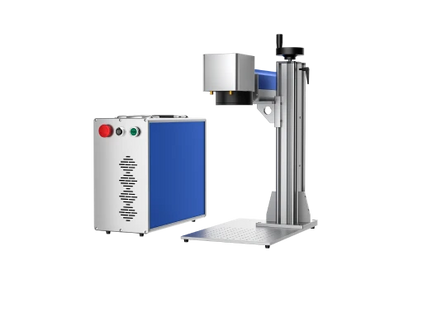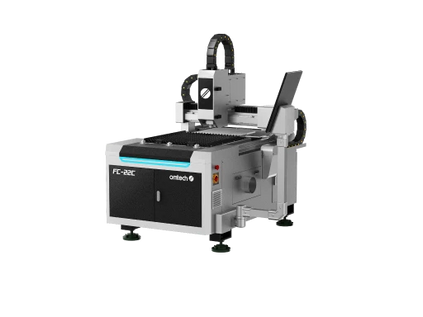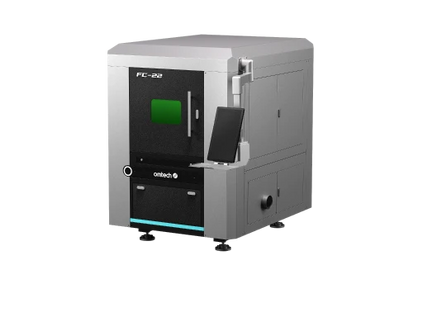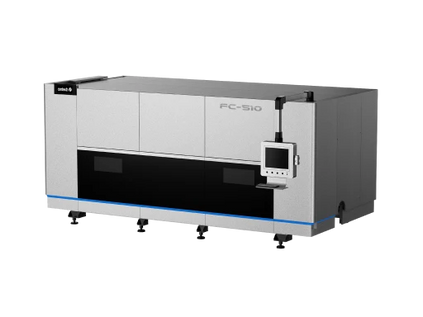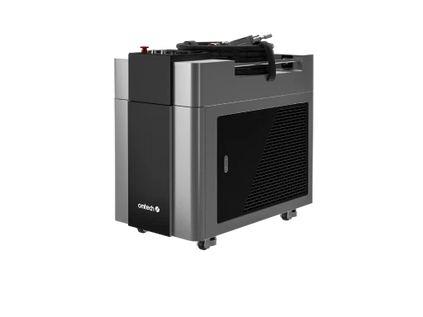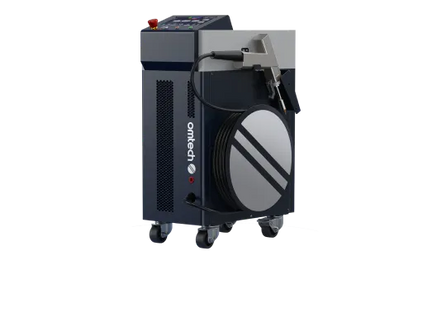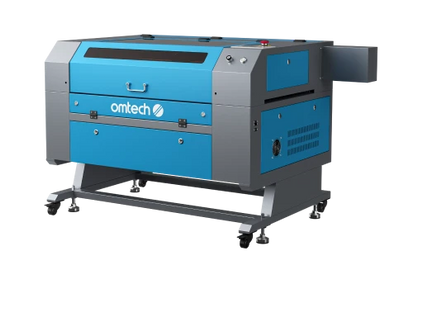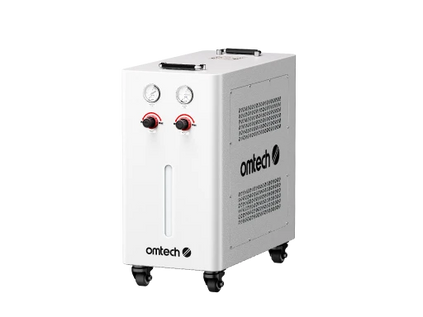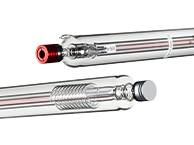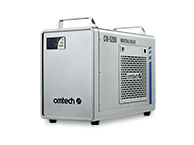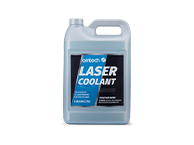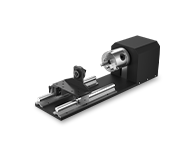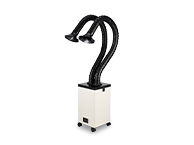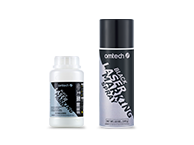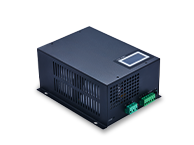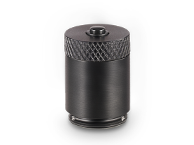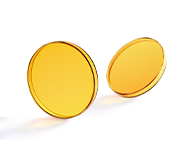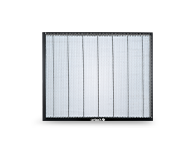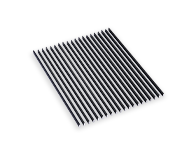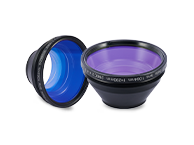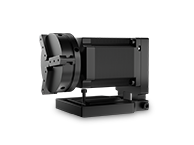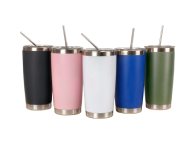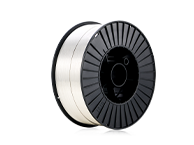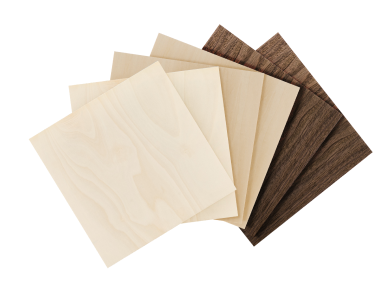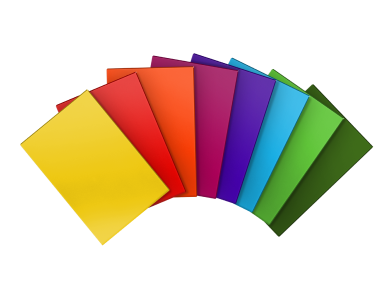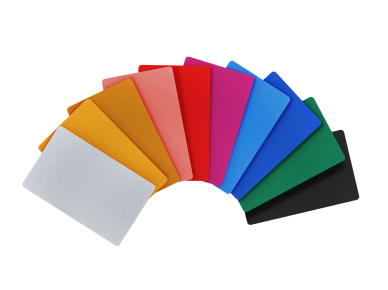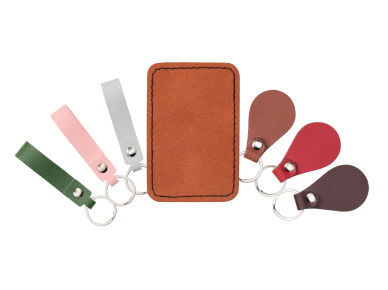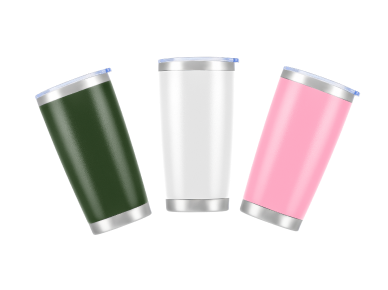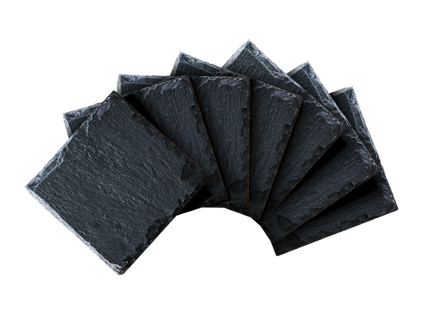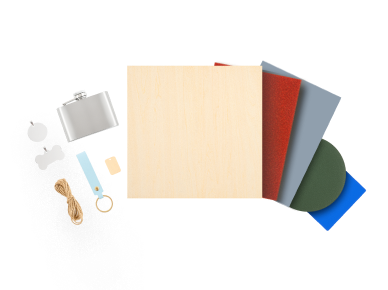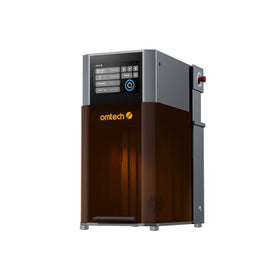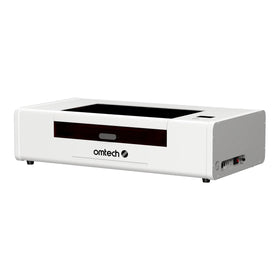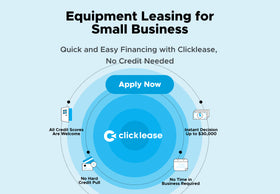Laser Etching vs. Laser Engraving vs. Laser Marking: What’s the Difference?

If you're a hobbyist customizing gifts, an educator exploring STEM tools, or a manufacturer adding serial numbers to metal parts, laser technology offers powerful ways to create, label, or personalize. But if you’ve ever come across terms like laser engraving, laser etching, and laser marking, you may wonder: what’s the actual difference between them?
While these techniques are often grouped together under the laser-processing umbrella, they’re not interchangeable. Each process interacts with materials in a distinct way, offering different results in depth, texture, permanence, and application. In this guide, we’ll walk through laser etching vs. laser engraving and how they both differ from laser marking. You’ll also learn what type of laser machine—fiber, CO₂, or diode—is best suited for each task, and how OMTech’s line of professional and hobbyist engravers can help you achieve your creative or industrial goals.
What Are Laser Marking, Engraving, and Etching?
In crafting, manufacturing, or product personalization, you’ll often hear terms like laser marking, laser engraving, and laser etching. Though they’re used somewhat interchangeably, each has distinct characteristics and advantages.
Laser marking refers to applying text, symbols, or graphics onto the surface of a material with little to no material removal. It changes the appearance—often via discoloration, oxidation, charring, or annealing—but doesn’t cut deep into the material. It’s ideal when you need legible, durable marks without altering structural integrity.

Laser engraving involves physically removing material from the surface using the laser—vaporizing or ablating the surface to produce a recessed mark. Engraving tends to be deeper, more durable, and more tactile. You can feel the recessed design and see shadows and contours. It works well for personalization, signage, or any use where durability matters.

Laser etching is somewhere between marking and engraving. It typically melts or softens the surface (rather than removing material) to create raised or slightly depressed designs. Etching tends to be quicker than engraving and uses less energy, though it's often less durable over time, especially in rugged use.

Comparing Marking vs. Engraving vs. Etching
Here’s a comparison based on several important factors:
|
Feature |
Laser Marking |
Laser Engraving |
Laser Etching |
|
Depth / Material Removal |
Very shallow; usually no removal |
Deeper; material is removed (vaporized or ablated) |
Light melting or surface deformation; shallow depth |
|
Speed / Energy Required |
Low energy; quick |
Higher energy; multiple passes may be needed |
Moderate; less energy than engraving |
|
Durability |
Good for non-contact uses; less durable under wear |
Excellent—resists wear and tear |
Moderate; may fade or degrade over time if exposed or handled roughly |
|
Visual Feel / Appearance |
Mostly surface coloration or contrast change |
Visible cavity or recess; tactile depth |
Slight raised or melted texture; surface alteration without full removal |
|
Best Materials |
Metals (annealing), plastics, coatings, wood for light marking |
Wide range: metals, wood, plastic, glass, etc. |
Metals for surface touch-ups; plastics; some woods; where deep cuts not needed |
Which Laser Machines Achieve Which Results
The type of laser, its power, mode (continuous or pulsed), pulse frequency, and focal setup all contribute to whether you're marking, engraving, or etching.
-
Fiber lasers are often better for marking metals or performing fine engraving on steel, aluminum, stainless steel, or anodized surfaces. Because metals often reflect or conduct heat, fiber lasers (which produce high energy in wavelengths that metals absorb well) excel in engraving and marking metallic parts.
-
CO₂ lasers are strong choices for engraving or cutting non-metal materials like wood, acrylic, leather, glass, and many plastics. They can also mark or etch some materials, depending on settings.
-
Diode lasers are more common in hobbyist or entry-level setups and are generally lower in power. They can mark plastics, woods, and other easy-to-work materials, but aren’t used for engraving on metals.
Why Choose One Technique Over Another?
Here are some scenarios to help decide laser etching vs laser engraving vs laser marking:
-
If you need visible surface labeling without compromising the surface strength—such as serial numbers, logos on metals, or identification marks—laser marking is often the best.
-
If you want deep, long-lasting customization—like personalized wood signs, metal trophies, or products that will be handled heavily—go with laser engraving.
-
If you want something with texture detail, faster production time, and lower energy use—like mild, shallow designs or where “etched” aesthetics work—laser etching could be optimal.
How OMTech Supports Engraving & Etching

OMTech laser engravers are built to handle both engraving and etching (and marking) across a variety of materials. Whether you’re working with non-metals or metals—or looking for fine details versus surface textures—there’s a machine setup that works.
-
OMTech CO₂ lasers are excellent for engraving wood, acrylics, leather, glass, and many plastics. These machines excel in making deep cuts or designs with strong contrast.

Projects by OMTech CO2 Lasers
-
For marking and etching on metals or coated surfaces, OMTech’s fiber laser options provide the precision and performance required. They let you dial in pulse frequency and power so you can lightly etch or deeply engrave, depending on what your design requires.

Projects by OMTech Fiber Laser Markers
-
With adjustment of power, speed, and focus—OMTech machines can switch between engraving and etching for certain material types, making them flexible tools for artisans, manufacturers, and hobbyists alike.
Laser Etching vs Laser Engraving: Summary
To sum up:
-
Engraving = removing material, deeper, rugged, more durable.
-
Etching = melting or slight deformation, shallower, faster.
-
Marking = surface alteration without removal, good contrast, minimal impact on material.
If you need permanence and durability, engraving is the go-to. If speed, texture, or a lighter touch is more important, etching or marking might be better.
Discover the Difference with OMTech
Understanding laser marking vs laser engraving vs laser etching helps you pick exactly what’s right for your project—whether it's branding, personalization, industrial part marking, or decorative work. With the right settings, a single OMTech laser can often cover multiple techniques, giving you flexibility without needing multiple machines.
If you’re ready to explore precise engraving, elegant etching, or bold marking, browse OMTech’s full line of laser engravers. Find a model that fits your materials, your style, and your goals—and start bringing your designs to life with clarity and care.




